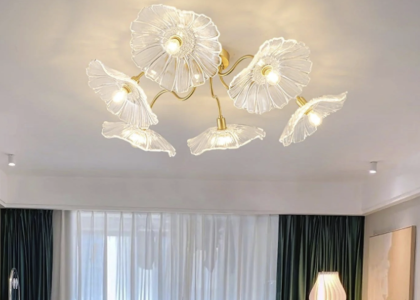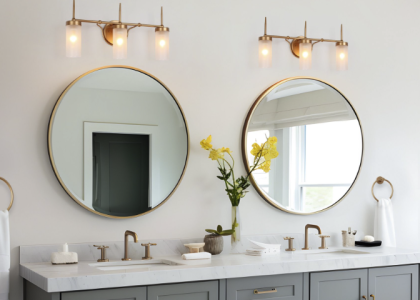Whether it’s a new bedroom set, dining room table, or office chair, furniture purchases are an important part of a household’s overall aesthetic and functional design. As such, it’s crucial that retailers stay abreast of furniture buying trends and understand how to leverage them to increase customer engagement, sales, and loyalty.
Sustainable and eco-friendly home furnishings are gaining popularity as consumers seek products that will be kinder to the environment. This includes reducing the environmental impact of manufacturing, treating workers well, and harvesting raw materials responsibly. Ultimately, consumers are willing to pay more for products that are produced in a way that is sustainable.
This is a trend that is also expected to increase in 2021, and it represents an opportunity for furniture companies to promote a sustainable ethos on their packaging and product labels. Creating an environmentally-friendly brand identity is an excellent way to engage with this market segment, and it also helps build loyalty and retention by showing that your products are made by companies that care about the world they live in.
Smart and connected home furnishing is becoming a hot trend among customers, especially those that work from home. These furnishings allow people to interact with their homes via wireless devices, such as laptops, smartphones, and televisions. In addition, these furniture items can be accessed via the internet, and they’re also capable of connecting to other smart devices to create an integrated home decor system that can be controlled from a single device.
Retailers that offer financing options for furniture are making a big play to cater to this customer segment. This is because it’s become easier for people to take out loans to buy a wide variety of products, including home goods. Moreover, this strategy can help customers budget for their furniture purchases and feel more secure about their purchase.
As the number of people living in single-person households continues to rise, there’s a greater need for space-saving and multifunctional furniture. This is why it’s critical that retailers pay attention to this furniture buying trend and ensure they offer versatile and compact pieces that are easy to accommodate in smaller spaces.
In addition, retailers that have a strong online presence should be offering augmented reality tools for allowing customers to visualize the furniture they’re considering purchasing before they make their purchase. This will allow them to envision the furniture in their own home, which can help them make more informed decisions and increase their likelihood of returning for future purchases.
Ecommerce is also on the rise, and there are several e-commerce platforms that specialize in selling furniture. These include FabFurnish, Pepperfry, and Urban Ladder.
Another major trend is the increase in the number of millennials and Gen Z members. These consumers are a key part of the growth in furniture sales. They want a more modern, stylish look that will suit their style preferences and fit their lifestyles.
As a result, the furniture market is experiencing significant growth. This is due to the influx of young professionals who want to add a touch of class and sophistication to their homes with luxurious furnishings. In addition to this, the furniture industry is undergoing a transition to become more eco-friendly, which has helped it gain a strong foothold in this growing market.





